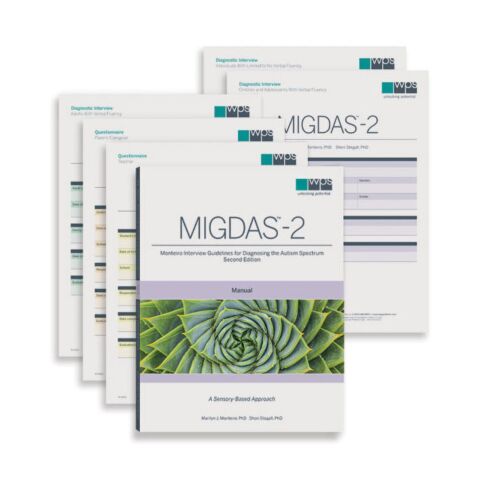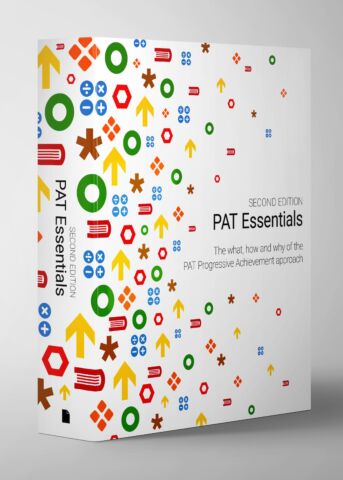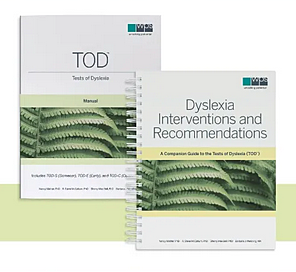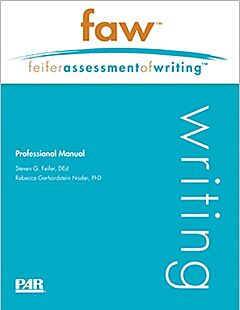Feifer Assessment of Writing (FAW)
Author(s) : Steven G. Feifer
Publisher : PAR, 2020
SKU : PG_FAW
Purpose: Assess written language skills to help diagnose written language disorders
Age: 3–22 years
Time: 35 minutes for PreK; 50 minutes for K-Grade 2; 60 minutes for Grades 3+
The Feifer Assessment of Writing (FAW™) is a diagnostic achievement test designed to examine the underlying cognitive, motoric, and linguistic processes that support proficient written language skills.
The FAW comprises 10 primary subtests and 2 additional supplemental subtests, designed to measure three subtypes of written language disorders or dysgraphias. Results help specify, from a neuropsychological perspective, exactly why a student struggles with written language so you can develop appropriate, customised interventions.
Key Features
- Examines the cognitive, motoric, and linguistic processes that occur in the process of building proficient written language skills from a brain–behaviour perspective.
- Measures three subtypes of written language disorders (or dysgraphias).
- Provides qualitative information about a student’s writing skills, as well as a skills analysis available within most subtests, that allows you to dig deeper into a student’s abilities.
The FAW yields three index scores representing each dysgraphia subtype domain as well as a total index score and an optional Compositional Writing Index. Each individual index score can then be compared to the total index score, as well as to one another, to determine relative strengths and weaknesses in writing.
The Graphomotor Index (GI) subtests measure motor planning, dexterity, motor coordination, as well as motor output speed. The Dyslexic Index (DI) is comprised of subtests that assess isolated aspects of the spelling process. The Executive Index (EI) subtests are designed to assess the retrieval fluency, sequencing, working memory, and executive functioning demands inherent within the writing process. The index scores can be combined to derive a FAW Total Index (TI) score representing total test performance.
The following qualifications are required to access this product. Please
login or register to proceed
Please contact ACER Customer Service on +61 3 9007 2048 if you have any queries.
S1: Psychology
• Masters degree in Psychology, OR evidence of equivalent level of study.
S2: Speech Therapist
• Masters degree in Speech Therapy/Speech Pathology, OR evidence of equivalent level of study.
S6: Special Education
• Masters degree in Special Education, OR evidence of equivalent level of study.
















